Awesome! Why Is Scab Formation Important In Wound Healing
Cutaneous wound healing is the process by which the skin repairs itself after damageIt is important in restoring normal function to the tissue. As long as the site is kept moist the scab will not inhibit the healing process.

Effect Of Lz On Scab Formation And The Other Events Of Puncture Wound Download Scientific Diagram
It is a cofactor for 150 enzymes.
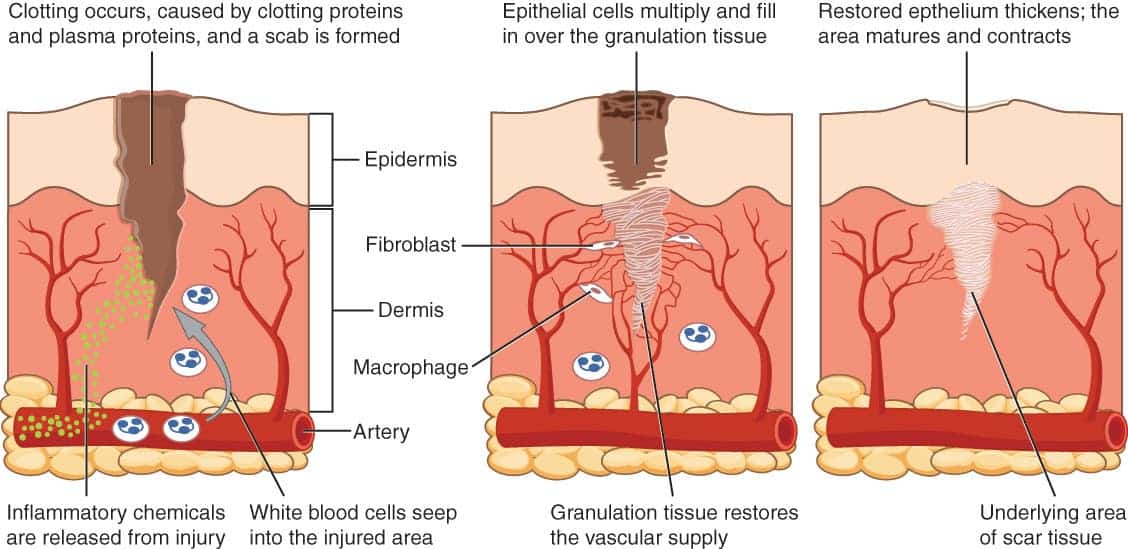
Why is scab formation important in wound healing. Hemostasis inflammation proliferation and tissue remodeling or resolution Gosain and DiPietro 2004These phases and their biophysiological functions must occur in the proper sequence at a specific time and continue for a specific duration at an optimal intensity Table 1. Once the scab forms your bodys immune system starts to protect the wound from infection. Under moist wound healing conditions the formation of a crusty scab is prevented.
Skin cells migrate from wound edge and divide until they meed in the middle. Collagen plays an important role in all phases of wound healing due to its chemotactic nature which attracts fibroblasts to the wound site. The advantages of moist wound healing are.
These studies suggest that production of TGF-β3 may be a key factor to achieving scar-free wound healing. The inflammatory response clears the wound site of debris and prevents infection. During the proliferative phase new tissue and an extra cellular matrix to support tissue repair are laid down.
It might be red or brown in color and it conceals the wound while healing takes place beneath it. Hemostasis inflammation proliferation and maturation. Once this break is plugged wound healing causes the clot to eventually becomes a hard protective crust on the surface known as a scab.
This is because moist wound healing promotes growth and migration of new cells and ensures that essential proteins for closing your wound stay where they belong in order to do their repair job. In both types there are four stages which occur. But if there is a crust or scab on the wound this creates a barrier to smooth healing.
For this to happen efficiently a moist wound bed is needed to promote the growth of the matrix and new skin cells and help their movement across the wound surface. For example burns some puncture wounds and pressure sores do not bleed. Acne dry skin chickenpox and insect bites can all cause scabs.
The scab takes about one to two days to form for minor pimples and acne scratches on your face and about three to seven days to complete formation for bigger wounds. Collagen supports new blood vessel formation granulation tissue formation the debridement of the wound and the ability of the wound to re-epithelize. The wound healing process is not only complex but also fragile and it is susceptible to interruption or failure leading to the formation of non-healing chronic woundsFactors that contribute to non-healing chronic wounds are diabetes venous or arterial disease infection and metabolic deficiencies of old age.
Showed that administration of exogenous TGF-β3 into the dermis at the margins of a full-thickness wound for 3 days reduced monocyte and macrophage accumulation in the wound area resulting in reduced scar formation with decreased fibronectin and collagen I and III deposition in the early stages of wound healing Shah et al. Scabs should be allowed to dry and fall off naturally although this is easier said than done. The current practice is to allow wounds to heal under moist conditions.
The wound-healing process consists of four highly integrated and overlapping phases. 64 In 2009 Reish et al. Healing of adult human skin wounds is associated with varying degrees of scar formation.
The formation of a scab is part of the healing process as skin grows over the wound. Haemostasis inflammation proliferation and remodelling. During the remodelling stage the rapidly laid down tissue is altered to.
Published an experimental study performed in porcine wounds in which inflammation in terms of numbers of inflammatory cellshigh-power field 3 days after wounding was compared in wounds. Cleaning a wound before it creates a scab helps prevent bacteria from. Wounds form scabs as blood platelets clot in a wound to prevent further blood loss and protect the open skin from infection.
Not all wounds bleed. Tissue regeneration occurs rapidly and gradually pushes out the scab. Used for contaminated or shallow wounds wound left open to heal by formation of granulation higher risk of infection longer healing times more scarring.
63 Scarring can be correlated with the intensity and duration of inflammation during healing. The scab grows as your blood clots and the wounds surface begins to dry out and it serves to protect the wound. At that time keeping scabs and blisters intact seemed like the keys to wound healing.
Prevention of scab formation Wounds covered by an occlusive dressing do not form a scab so epidermal cells are able to move rapidly over the surface of the dermis through the exudate which collects at the wounddressing interface. This also promotes the formation of even skin and reduces scarring. The scab became our partial and temporary exoskeleton and the blister was the human equivalent of bubble wrap both protecting the wounds and encouraging the healing process.
2 In order to understand scab formation it is important to first know more about 3 Scabs vs Scars. Why is zinc important in wound healing. Healing is a systematic process traditionally explained in terms of 4 overlapping classic phases.
Scab Skin Wound Formation Process Causes Pictures Care 1 A scab is hard protective tissue that form on the skin surface at a site of damage. Scabs form rapidly with most injuries which are minor. There are two main types of healing primary intention and secondary intention.
A blood clot is the first step in scab formation. The blood clots dry and form a scab which protects the tissue underneath from germs. Mathieu et al.
The purpose of a scab is to keep germs out and so avoid illness. A scab is the bodys natural wound covering. While platelets play a crucial role in clot formation during hemostasis inflammatory cells débride injured tissue during the inflammatory phase.
The scab that protects the wound forms from dried blood and blood elements that form a mesh as a part of the initial response.

Scab Formation And Resolution During Puncture Wound Healing A Download Scientific Diagram

Scabs On Scalp Thick Hair Remedies Hair Remedies For Growth Hair Loss Remedies
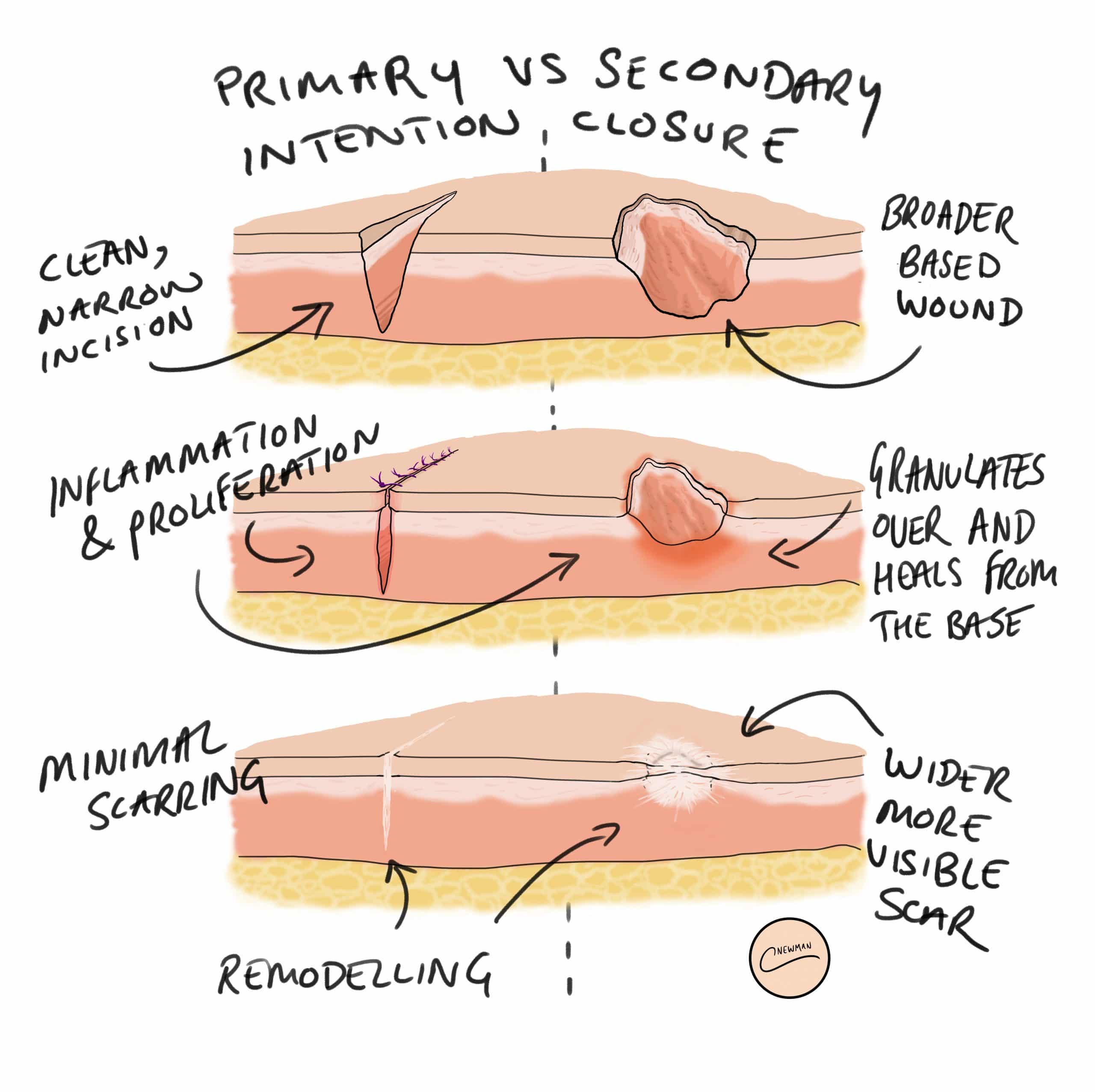
Wound Healing Primary Intention Secondary Intention Teachmesurgery

Progress Of Cutaneous Wound Healing In Negative Control Rats Untreated Download Scientific Diagram
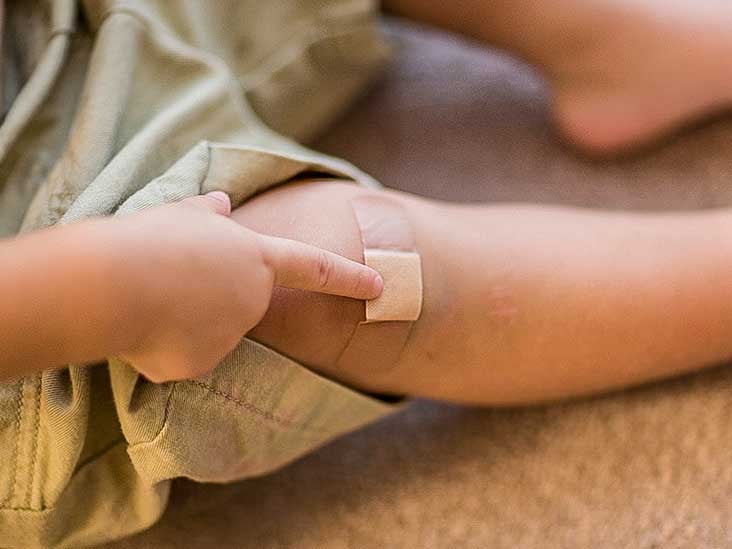
Infected Scab Causes Symptoms Treatment And Prevention
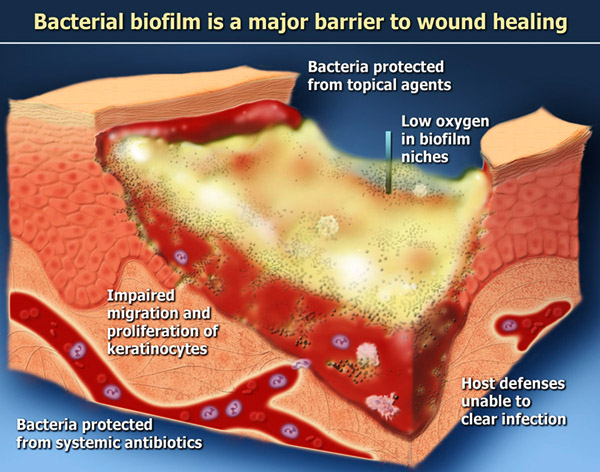
An Overview Of The Normal Skin Healing Process

Scab Formation And Resolution During Puncture Wound Healing A Download Scientific Diagram

Infected Scab Causes Symptoms Treatment And Prevention
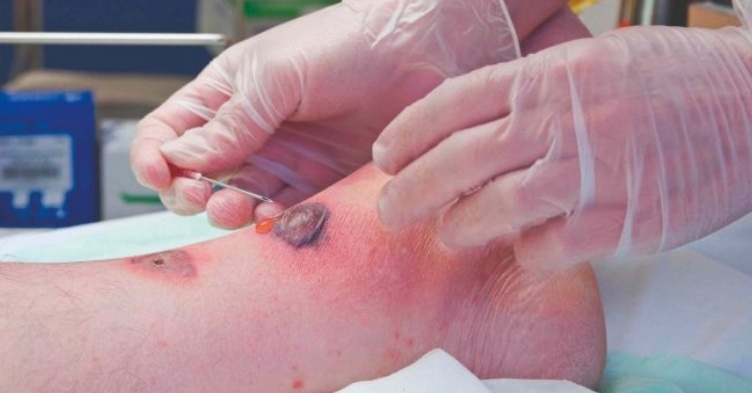
Mythbuster I Need To Let The Air Get To This Wound Nursing In Practice
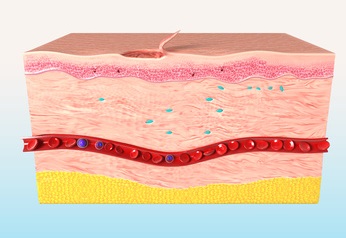
Moist Wound Healing Benefits Woundsource

How Your Body Heals Itself After A Wound

The Healing Wounds With Scab Formation And Ready To Shed Download Scientific Diagram

What Are Scabs And Why Are They Important Safe And Sound Health
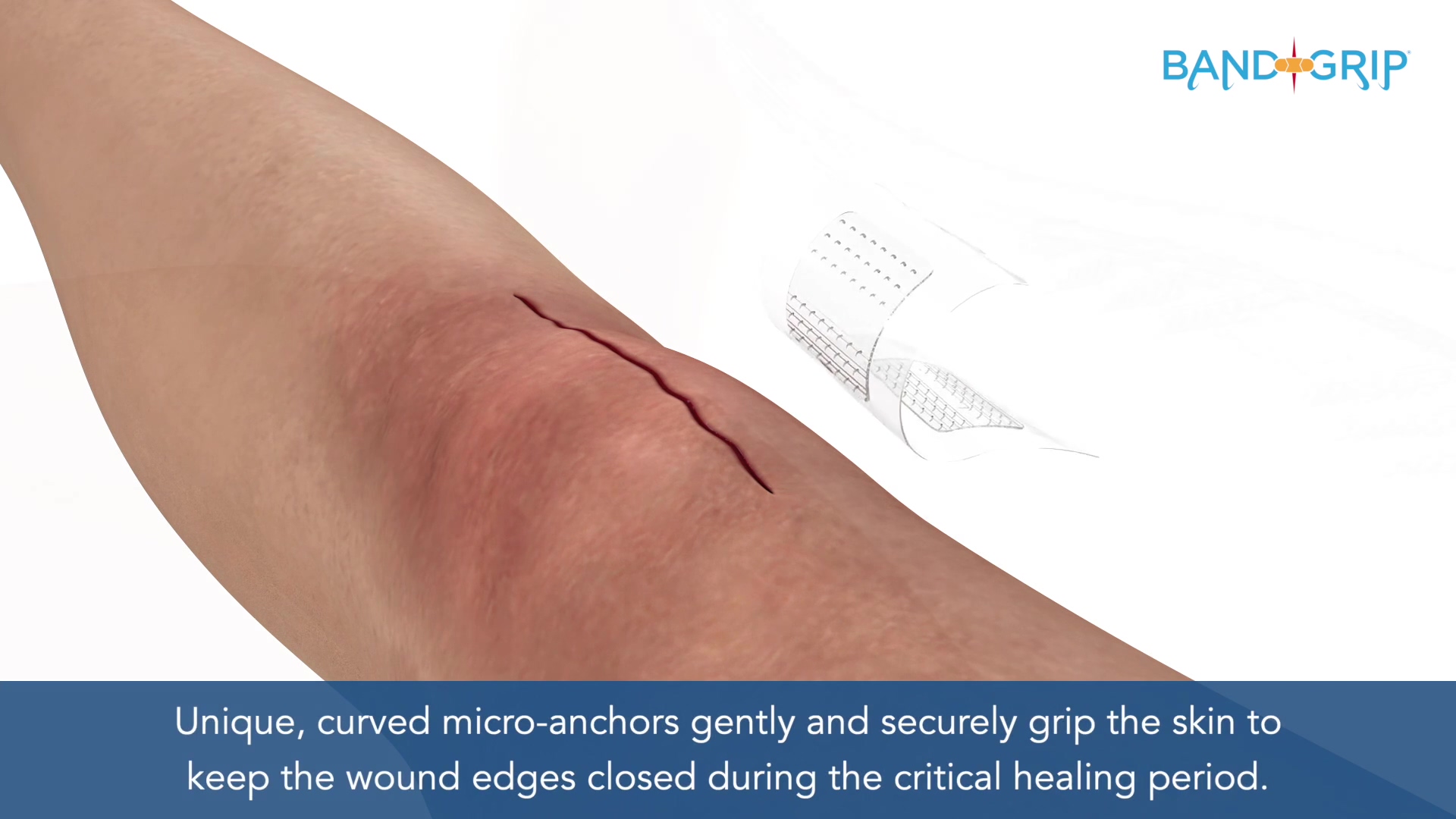
How To Make A Wound Heal Faster
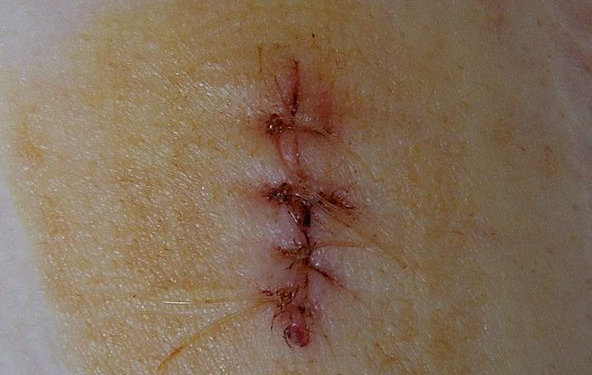
Wound Healing Primary Intention Secondary Intention Teachmesurgery
/GettyImages-1170275363-df99c5b2d7574abaaccf8baedfa20483.jpg)
Scabs Why They Itch And How They Heal

What Are The Stages Of Wound Healing Biodermis Com Biodermis

Wound Healing By First And Second Intention Healing Vet Tech Wound Healing
